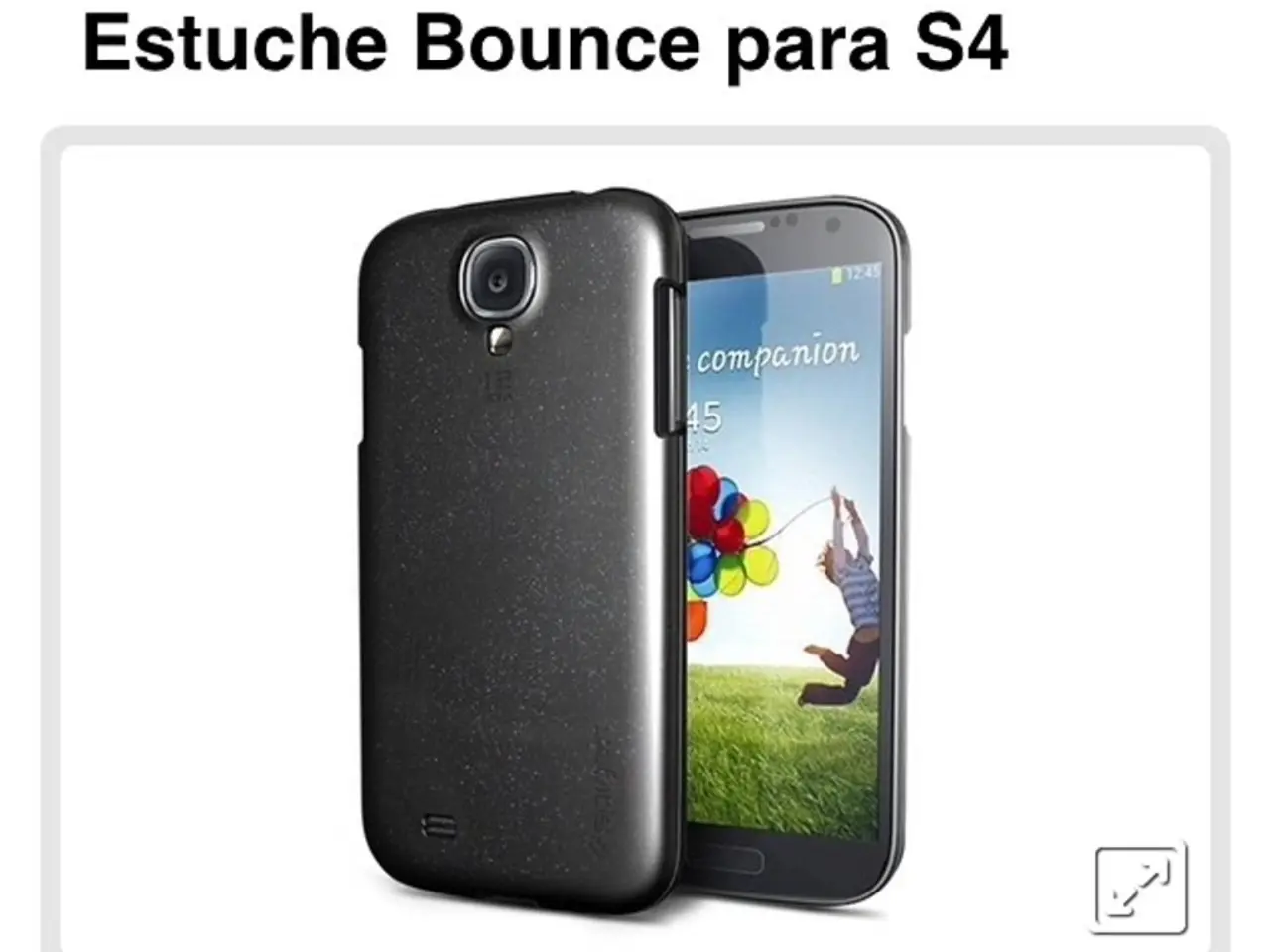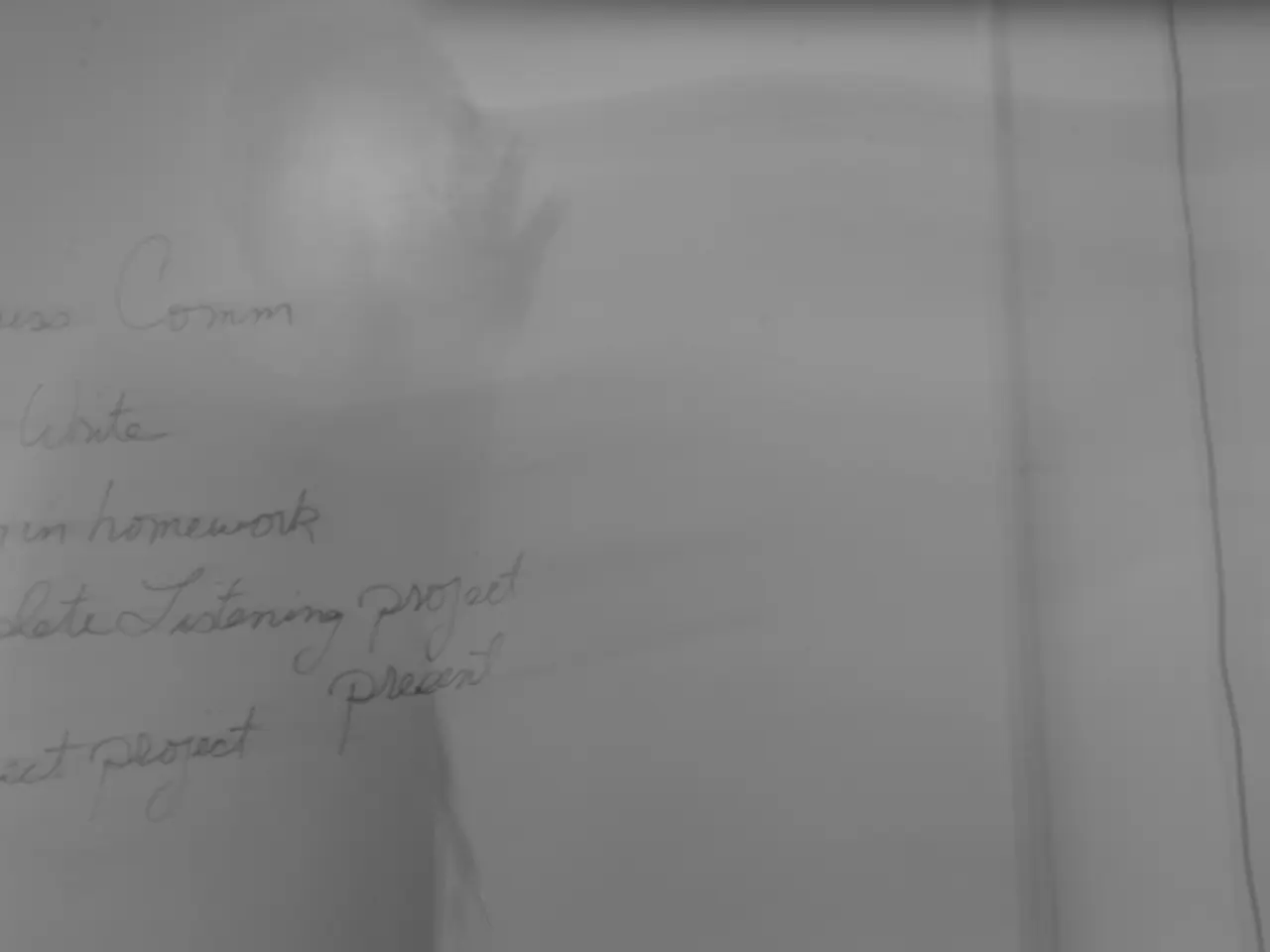Mastering Education Through Sweet Treats: 10 Methods Explored
Candy may be a delightful treat, but it can also serve as a creative and engaging tool for learning. From math problems to science experiments, here are several fun and educational activities that combine the joy of candy with learning, suitable for home, classroom, or party settings.
## Math with Candy Manipulatives
Use heart-shaped chocolates or candies as counting tools for basic arithmetic, sharpening both math skills and fine motor development. Cutting candies into pieces introduces simple fractions in a tangible way, while themed worksheets can create engaging "math stories" for children.
## Language Arts & Storytelling
Encourage creative writing by having kids use words from conversation heart candies as prompts for sentences, emotions, or plot twists in their own stories. This activity builds vocabulary, grammar, and narrative skills as children craft tales featuring their favorite stuffed animals or imaginary characters.
## Science & Sensory Exploration
Conduct a blind taste test with different types of candies to sharpen observational skills, encourage descriptive language, and teach children about the senses, especially taste and smell. Another fun experiment involves rating the sourness of various sour candies to introduce basic concepts about acids and taste buds.
## Economics & Math Concepts
Transform a pile of assorted candies into a mini "store" and let children practice buying and selling using play money. This activity teaches basic math, decision-making, and the concept of budgeting, while discussions can extend to the cost and value of different candies, helping kids understand basic economic principles.
## Creative Arts & Crafts
Create edible sculptures by threading round candies onto licorice strings to form colorful "caterpillars." This activity encourages creativity, fine motor skills, and a bit of engineering as kids design and build their own sweet creations. Alternatively, use a variety of colorful candies to create pictures or mosaic patterns on a plate, practicing color recognition, patterning, and artistic expression.
## Physical & Team Activities
Organize a scavenger hunt by hiding candies around your home, yard, or classroom. This promotes problem-solving, teamwork, and physical activity. Another playful competition involves setting up a race track and having kids race different colored gumballs, teaching basic physics concepts like speed, distance, and friction in an accessible way.
These activities demonstrate that candy can be a versatile teaching tool, blending enjoyment with lessons in math, language, science, economics, art, and physical education. Always ensure activities are age-appropriate and supervise to keep things fun and safe!
Science experiments can be conducted using candies to teach children about acids and taste buds, encouraging observational skills and descriptive language. In home-and-garden settings, creatively craft edible sculptures with round candies and licorice strings, promoting artistic expression and fine motor skills. Meanwhile, education-and-self-development initiatives can involve using candies as counting tools for math problems or manipulatives for language arts and storytelling activities. These engaging learning experiences demonstrate that candy can be a fun and versatile tool for multiple subjects.




